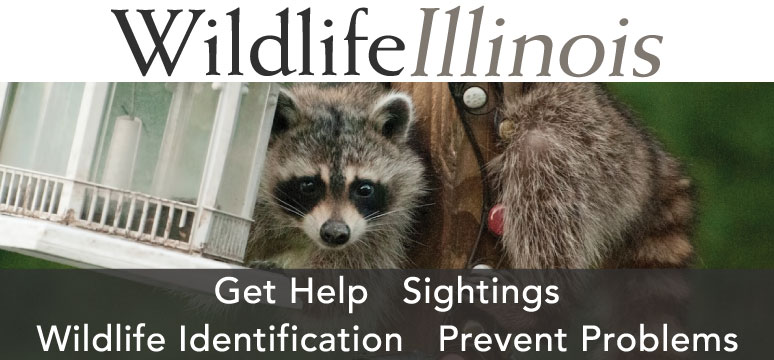
This series of articles asks long-time wildlife conservation leaders from Illinois a series of questions about themselves, changes in wildlife conservation during their careers, and what they feel are the biggest wildlife management changes and challenges today.
I met first with Dr. Stephen Havera, the former and long-time Director of the Illinois Natural History Survey’s Forbes Biological Station and its Frank C. Bellrose Waterfowl Research Center on the Illinois River near Havana. Havera has a long history of studying wildlife in agricultural habitats, grasslands, forests and wetlands, and served in leadership positions on conservation committees both regionally and nationally. His book and companion field guide, Waterfowl of Illinois: Status and Management, were published in 1999 and summarized 100-plus years of biological information on wetlands and waterfowl in the Midwest. Retiring in June 2004, Dr. Havera maintains an office at the Forbes Biological Station and remains active with the Survey on an Emeritus status.
Every bit as important as his leadership and awards are Havera’s unwavering enthusiasm and passion for wildlife in Illinois, You can see it in his eyes and in his face, and you can feel it his voice any time he talks about wildlife or wildlife conservation.
OIWJ: Was being a wildlife biologist your first career choice? When did you know that you wanted to be a wildlife biologist?
HAVERA: My maternal grandparents were country folks and operated a dairy farm in Pana for more than 40 years. Some aunts and uncles were farmers and several uncles and cousins hunted and fished. My dad and two older brothers were avid hunters. As a youngster, I was outside tagging along with family and also entertaining myself on my grandparent’s farm. I knew in high school that biology would be my profession. I was in pre-med at Bradley but took all the environmental courses offered. By my senior year, I chose wildlife and environmental research as my calling. I interviewed with Glen Sanderson who was Director of Wildlife Research at the Illinois Natural History Survey on the campus of the University of Illinois. I began graduate school in the fall of 1968 majoring in ecology with renown ornithologist Charles Kendeigh as my advisor. I was soon drafted by the Army but returned a few years later to study under, and work with, Sanderson.
OIWJ: Who were some of the early mentors in your wildlife career, and how did they influence your own career?

HAVERA: Growing up in Peoria on the Illinois River and living among neighbors who were of ardent duck hunters, I was always reading local media accounts about Frank Bellrose and his research on waterfowl. I wanted a career like his and I chose the Survey because of its remarkable and nationally recognized Section of Wildlife Research. I received my masters (eastern cottontails) and doctorate (tree squirrels) degrees with Sanderson as my advisor, and rubbed shoulders with some of the nation’s prominent wildlife researchers, including Charlie Nixon, Bill Anderson, Richard and Jean Graber, Harold Hansen, Bill Edwards, Bill Cochran, among others. In 1978, my wife and I moved to the Havana area and I began my dream job working at the Survey’s Biological Station with Frank Bellrose. These award winning and classic mentors instilled in me the desire to always do one’s best for wildlife, their habitats and health, and our profession.
OIWJ: When you began your career, what did you feel was the most pressing or urgent concern for wildlife conservation?
HAVERA: With considerable experience in agricultural and forestry landscapes in my early years, it soon became obvious that habitat was the central factor in wildlife management. My foundation in habitat experiences were facilitated by the other varied Survey research programs I assisted with including prairie-chickens, bobwhites, Canada geese, cottontails, pheasants and songbirds.
OIWJ: What aspect or element of your own career are you most proud of, and why did you pick that?
HAVERA: There are two aspects of my career that I treasure in addition to working at the Survey. One is the lead poisoning issue in waterfowl. Working with icons Sanderson, Bellrose and Anderson, our often-controversial research eventually led to nontoxic shot policies in the United States and other countries that saved the lives of thousands of waterfowl every year from the effects of lead poisoning.
The second pinnacle aspect is habitat management and acquisition, particularly the restoration of Thompson Lake and the establishment of the Emiquon National Wildlife Refuge and Emiquon Preserve near Havana. Thompson Lake was the most important bottomland lake in the Illinois Valley before being drained in 1923. The area became the largest farm in the state and after many contentious battles from 1986 to 2000, the lake once again graces the valley and is home to thousands of waterbirds as well as numerous other faunal and floral species.
OIWJ: What do you feel is the most urgent problem facing wildlife conservation today?
HAVERA: The most urgent wildlife conservation problem is, once again, habitat—both its loss and degradation, particularly wetlands and grasslands. Nonnative species, sedimentation, pesticides, urban encroachment and development continually threaten our existing habitats.

OIWJ: In your opinion, what was the biggest change occurring in the field of wildlife research and management during your career?
HAVERA: Aside from the changing landscapes and less diverse agricultural areas in Illinois, notable changes in wildlife management include the recovery and emergence of species—such as white-tailed deer, wild turkeys, Canada geese, coyotes, raccoons, bobcats, river otters, bald eagles, white pelicans, double-crested cormorants, trumpeter swans, snow geese, and white-fronted geese, among others—and the decline in populations of cottontails, bobwhites, pheasants and other grassland avifauna.
In the last two decades, technology has improved our field research capabilities to better solve challenging issues in wildlife management. Frank Bellrose attached flashlights to duck legs to follow them at night; today we can see and track waterfowl movements with radar!
Paul Brewer is a veteran Illinois wildlife biologist, beginning his career as a research technician with the Illinois Natural History Survey. After a long career as a district wildlife biologist, he retired as manager of the Wild Turkey Project in IDNR’s Division of Wildlife Resources. Paul continues to remain active in the wildlife field and in working with prescribed fire management, and enjoys managing habitat for wildlife on a small Hutton Township farm in Coles County. He is currently President of the Illinois Chapter of The Wildlife Society. http://wildlife.org/illinois-chapter/

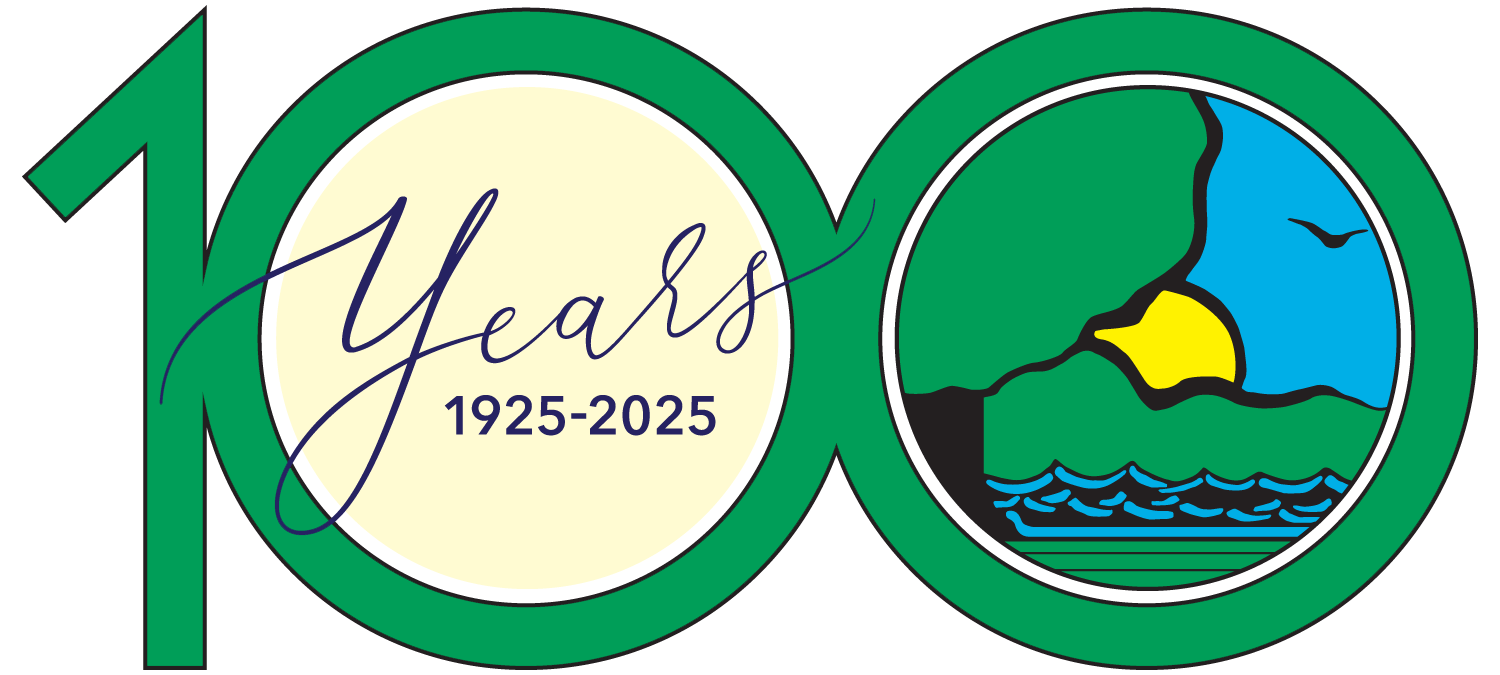


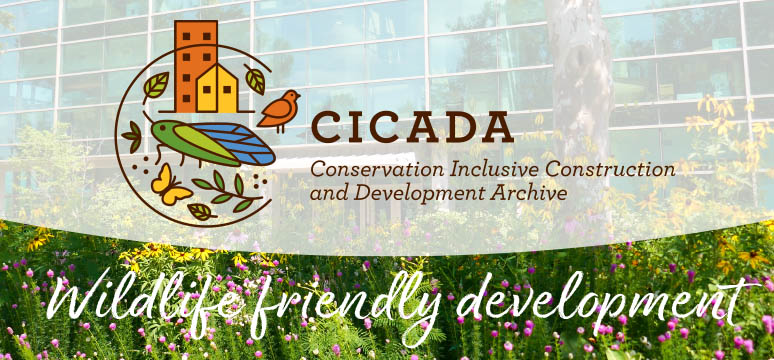
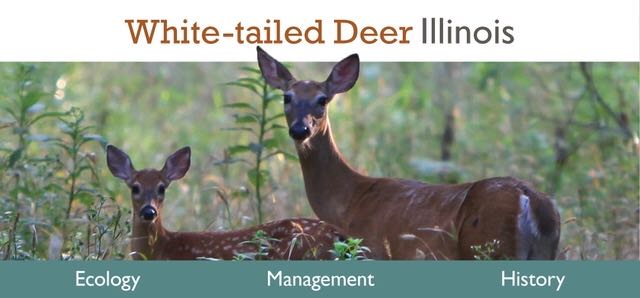
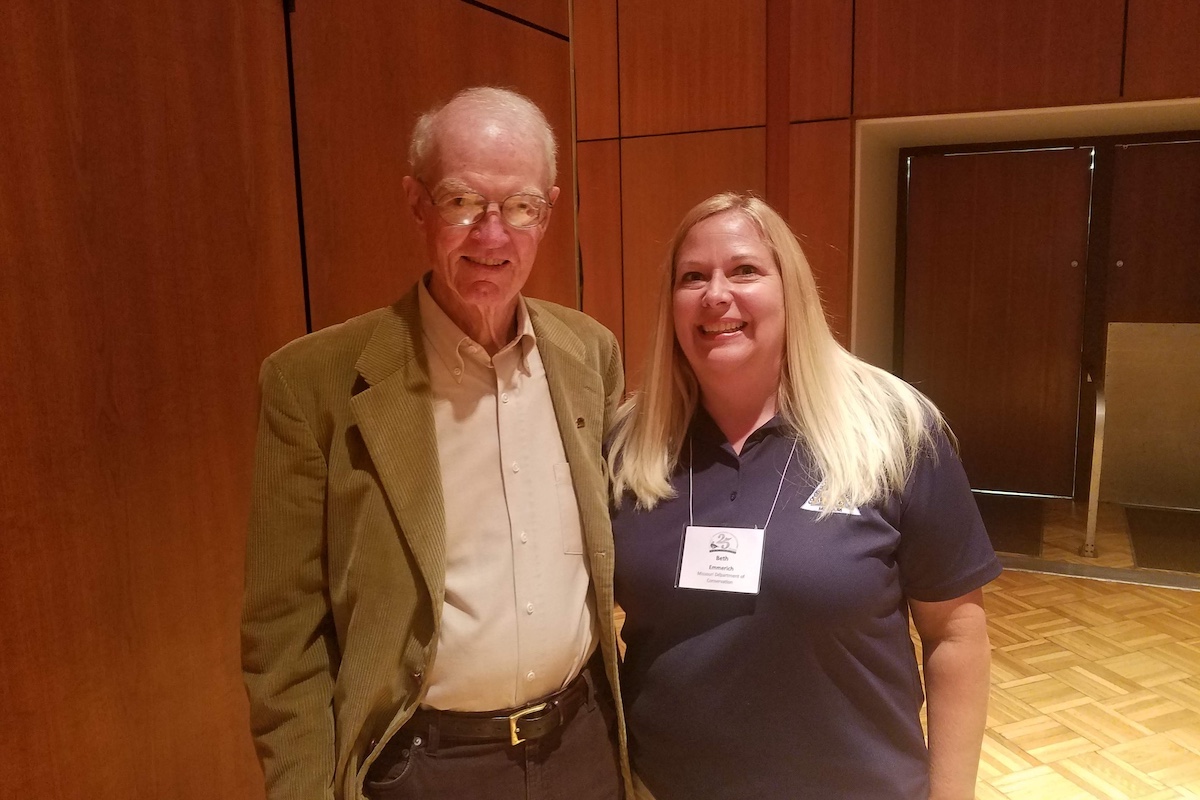




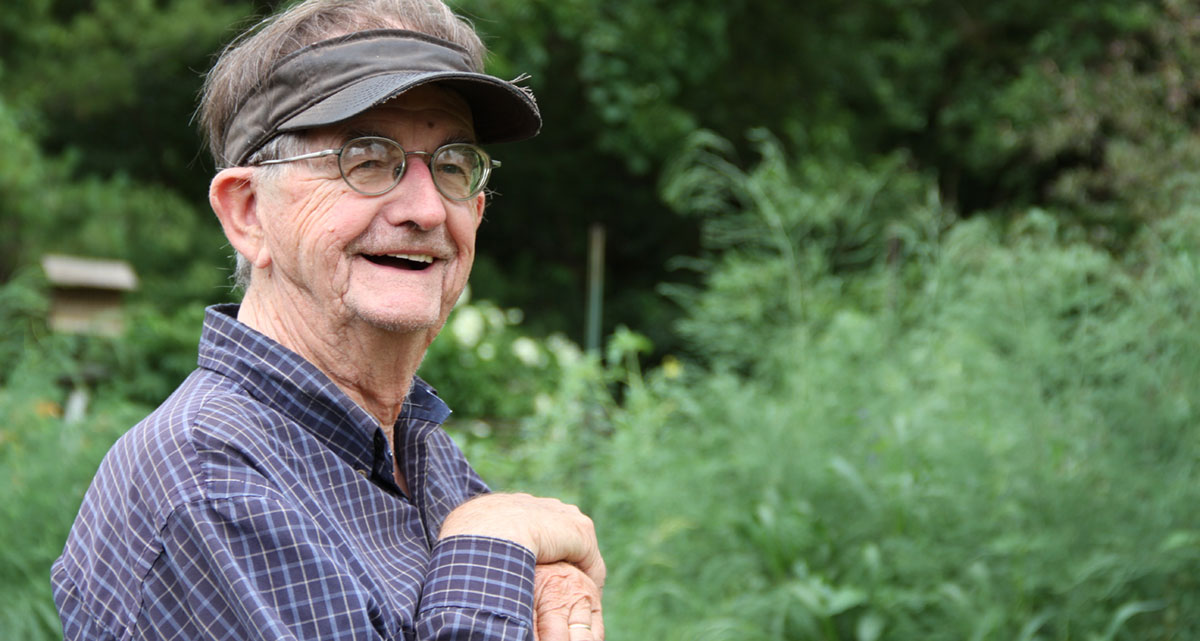
Submit a question for the author